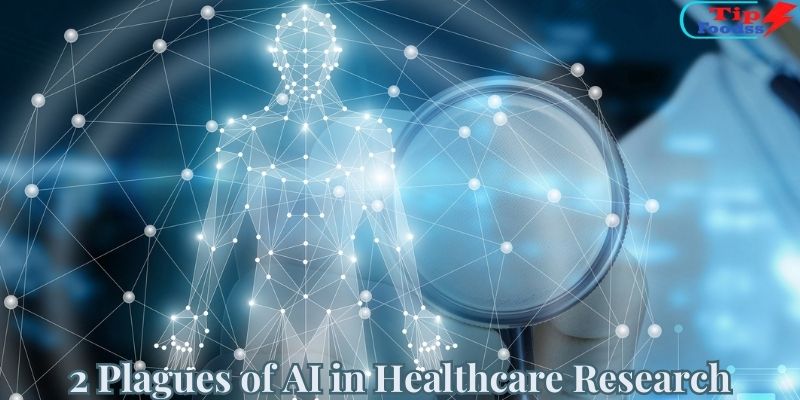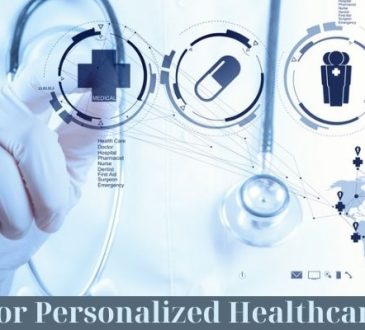2 Plagues of AI in Healthcare Research
Healthcare research has long been predicted to undergo a transformation thanks to the potent uses of AI. The growing number of patients receiving AI in healthcare research and the corresponding increases in complexity of data, which is now available but frequently unintelligible by humans alone, have sparked a surge in interest in AI in healthcare research, in the scientific and medical professions.
Data scientists from around the world have worked together to try to use regional variations in illness prevalence as a means to use early access to data to improve the rapid diagnosis and prognostication of patient outcomes in soon-to-be overburdened hospitals. Although these models continue to show tremendous promise for handling complex clinical situations, more research is still required to address the issue of how fast and successfully they can be used for clinical translation, which has previously been a problem in the field.
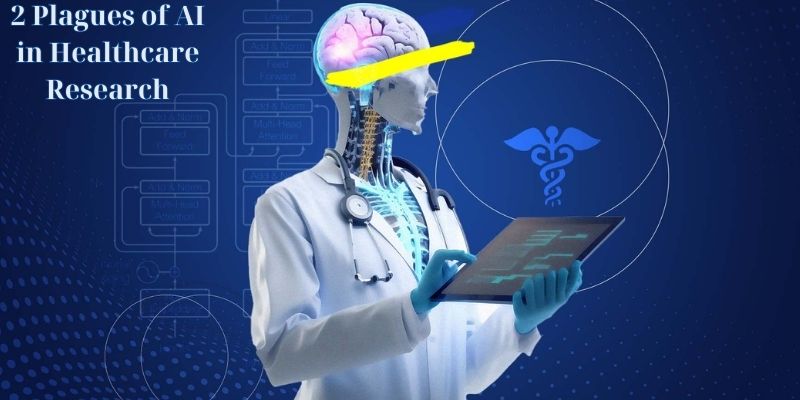
It’s crucial to keep in mind that humans make mistakes, despite earlier goals that these technologies would approximate human-based intelligence. As we go forward to reduce unneeded errors and injury, it is instead vital to continue working to maximize the clinical usefulness of these technologies, as is the case with many growing professions. Unfortunately, there isn’t much information in the literature that provides a clear overview of the typical issues that AI-based software would run into, and more especially, how to solve them as they apply to medical practices.
Based on the prior research, tipfoodss.com present a clear guidance below on the most typical dangers to medical AI systems in order to fill this vacuum. We describe a number of different issues that must be taken into account in the development and use of machine learning technologies for medical-based applications within these core components, and we explain how to recognize, avoid, and/or resolve them going forward to ultimately create safer, more reliable, and stronger performing models.
2 Plagues of AI in Healthcare Research
Relevance: Cutting Cake With a Laser – AI in Healthcare Research
The availability of more open-source and sophisticated statistical software has made it simpler to create powerful and elegant computational models. However, models can readily be developed to address a problem that doesn’t exist or is unimportant if they are simply designed with technological solutions in mind. In turn, the technology’s intended users—such as a practicing doctor in a clinic—will not be interested in the solution being provided by a particular model. Even the most beautiful application of data science may become irrelevant due to issues with a model’s relevance.
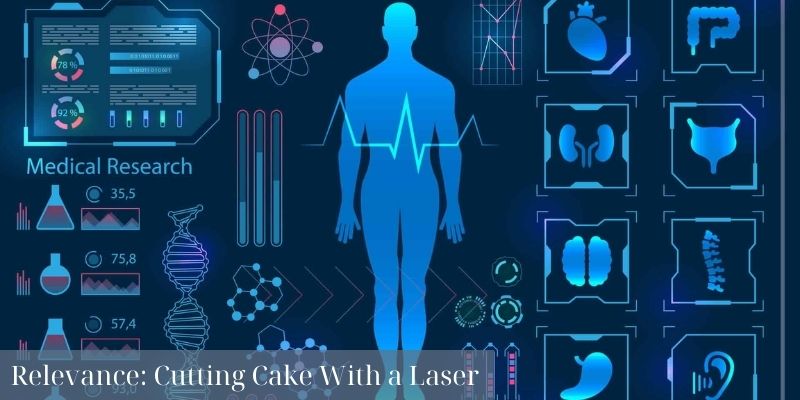
Instead, the final consumers of the technology should be incorporated right from the start of the model’s creation. The objectives of AI in healthcare research and development should be based on what has previously been proposed in the medical community as significant directions for future work toward therapeutic advancements.
For instance, ML tools can reduce the complexity of patient information presented in a specific pathological state and then present statistical irregularities that can be used by doctors to make more informed decisions for clinical treatment rather than attempting to predict an illness that can already be clearly identified in clinical practice. In the end, it’s important to keep in mind that AI in healthcare research is a potent tool that may be used to tackle challenging problems; nevertheless, the tool’s efficacy depends on how pertinent the question is.
Practicality: Not Everyone Has a Cyclotron – AI in Healthcare Research
Advances in ML capabilities have led to worries about practicality, which are similar to the relevance concerns discussed above. As a result of logistical considerations that were not taken into account outside of the environment that the model was originally created, such as requiring more computation than necessary or that which can be feasibly run in a clinic, this refers to building a model that has limited practical applications in the environment of interest. Commonly, reasonable solutions must take into account the state of the field at the moment and the model’s technical limitations.
Diverse data from various sources and formats are frequently harmonized to provide a single sizable dataset of useful information that is used to build and train advanced ML models. Since modest amounts of data on particular topics are frequently managed by gathering information from various records and from a range of centers, all of which frequently employ distinct electronic health record (EHR) systems, data harmonization is particularly crucial in the medical field.
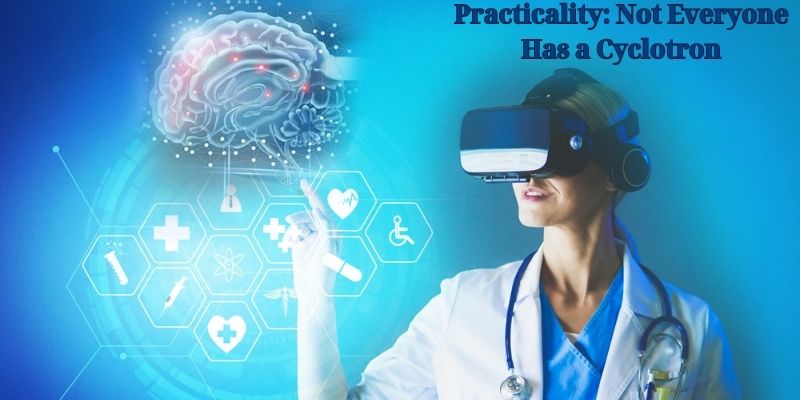
As a result, algorithms must first harmonize a sizable quantity of patient data from several datasets in order to execute an extensive comparison before creating a model that seeks to compare particular patients to a template/control group. A physician might not be able to analyze a patient’s data with these algorithms on a less powerful hospital-issued laptop in a time-critical environment where it must perform at the highest level, despite improved super computers having the computing power to execute a highly complex model in a lab for a single patient.
Any analytical solution should always take implementation into account from the very beginning in order to potentially mitigate practicality issues. Given that alternate options were already investigated, this will prevent any waste of AI in healthcare Research and Development work. Cloud service providers and hardware manufacturers have recently increased their efforts to offer development frameworks that fill the gap between an approach to a problem and the gear needed to implement it. The objective environment will already have been taken into consideration, therefore involving the intended users early on will also give insight into practicality during model development.

